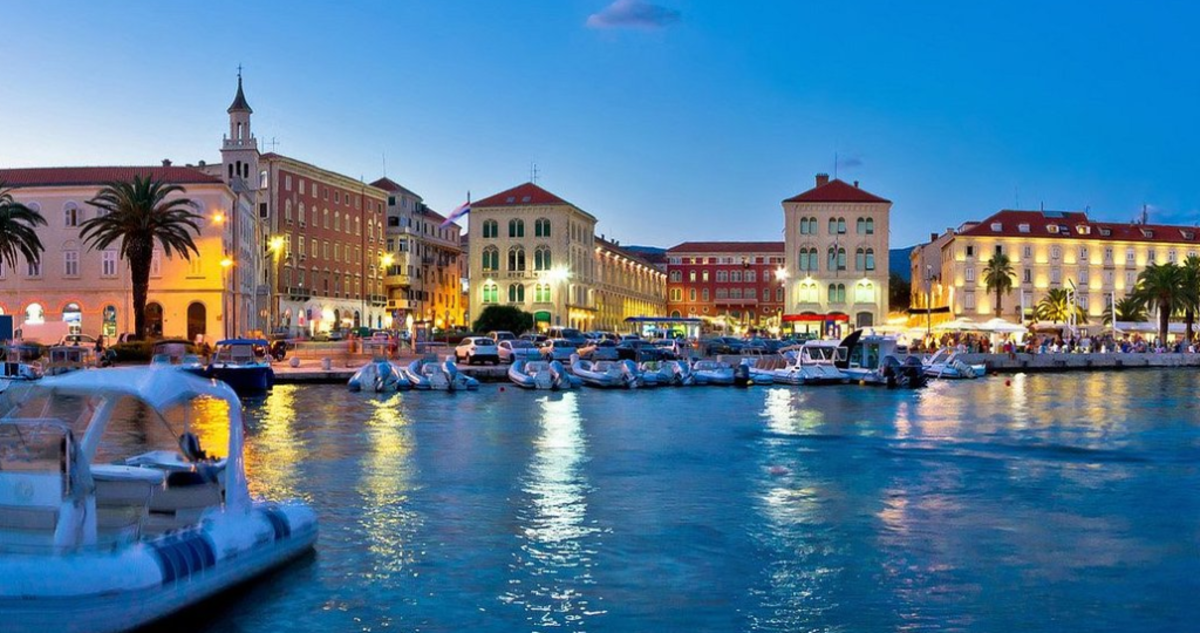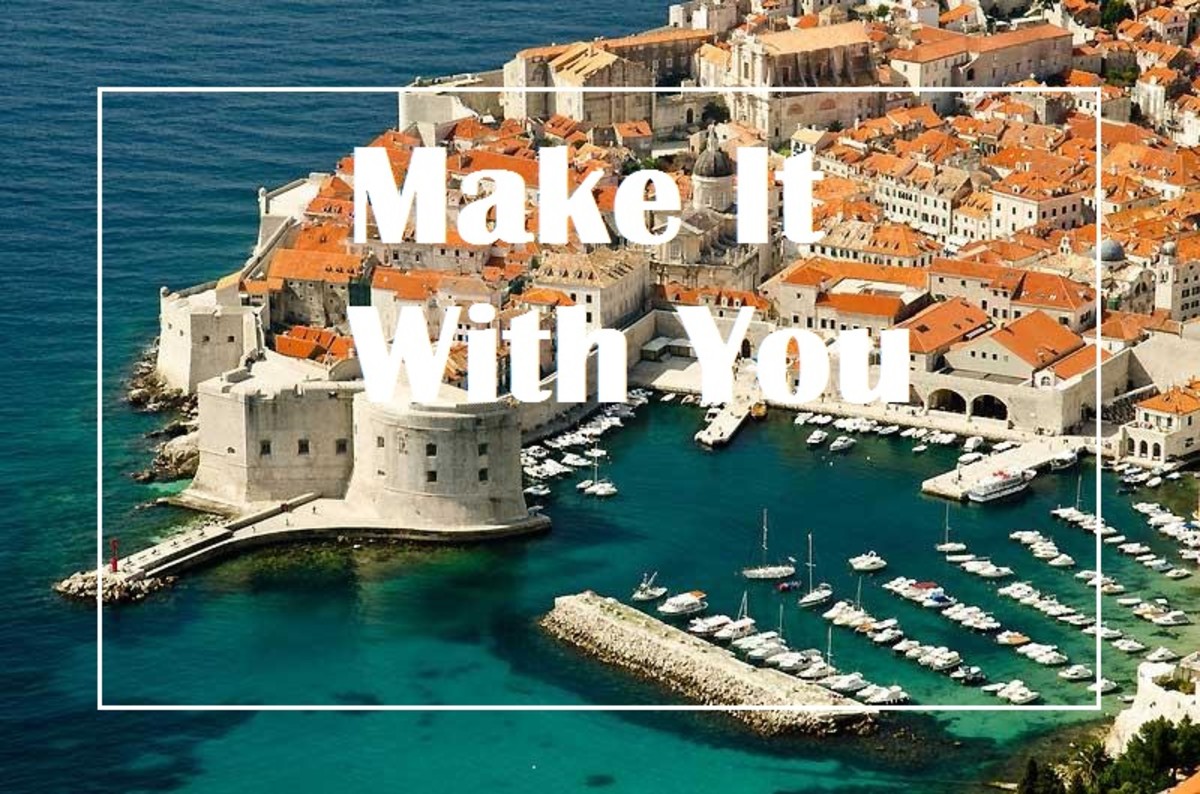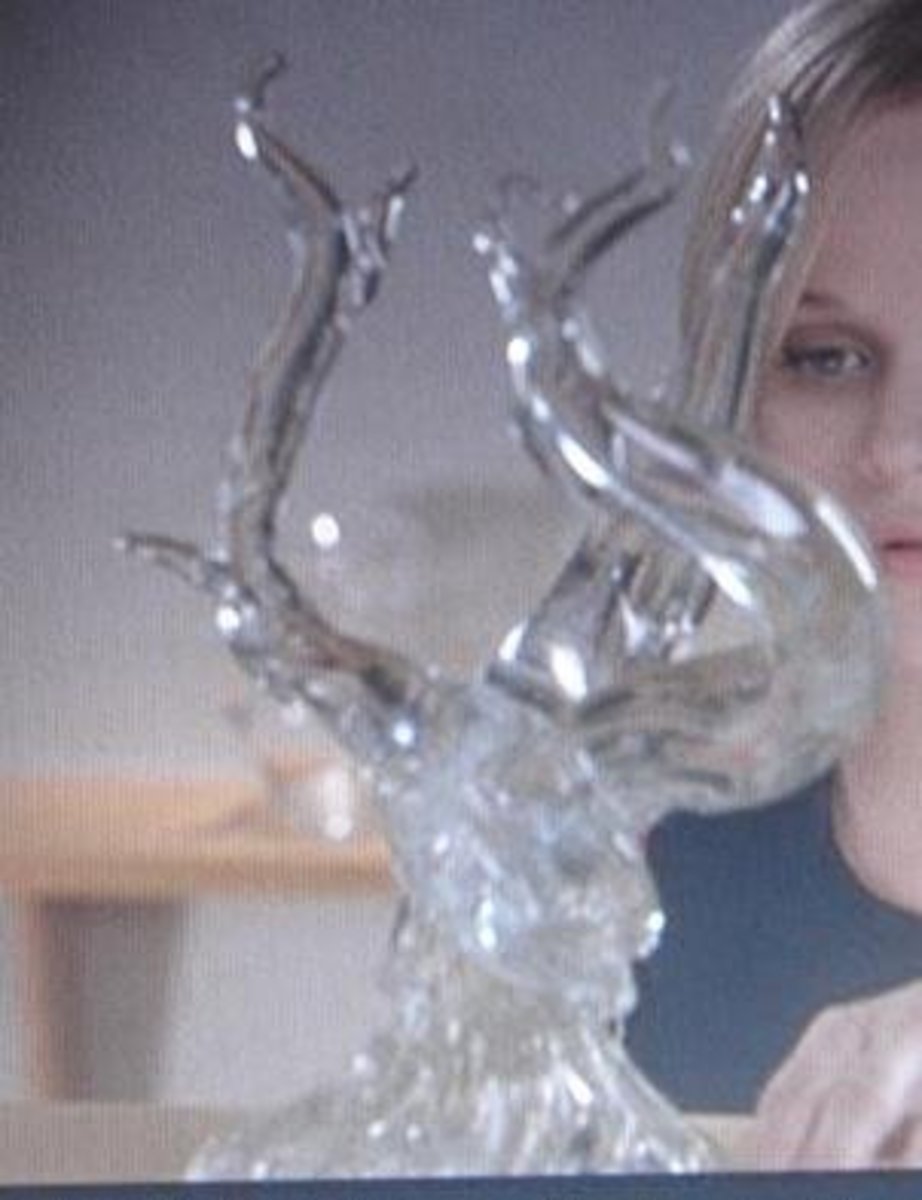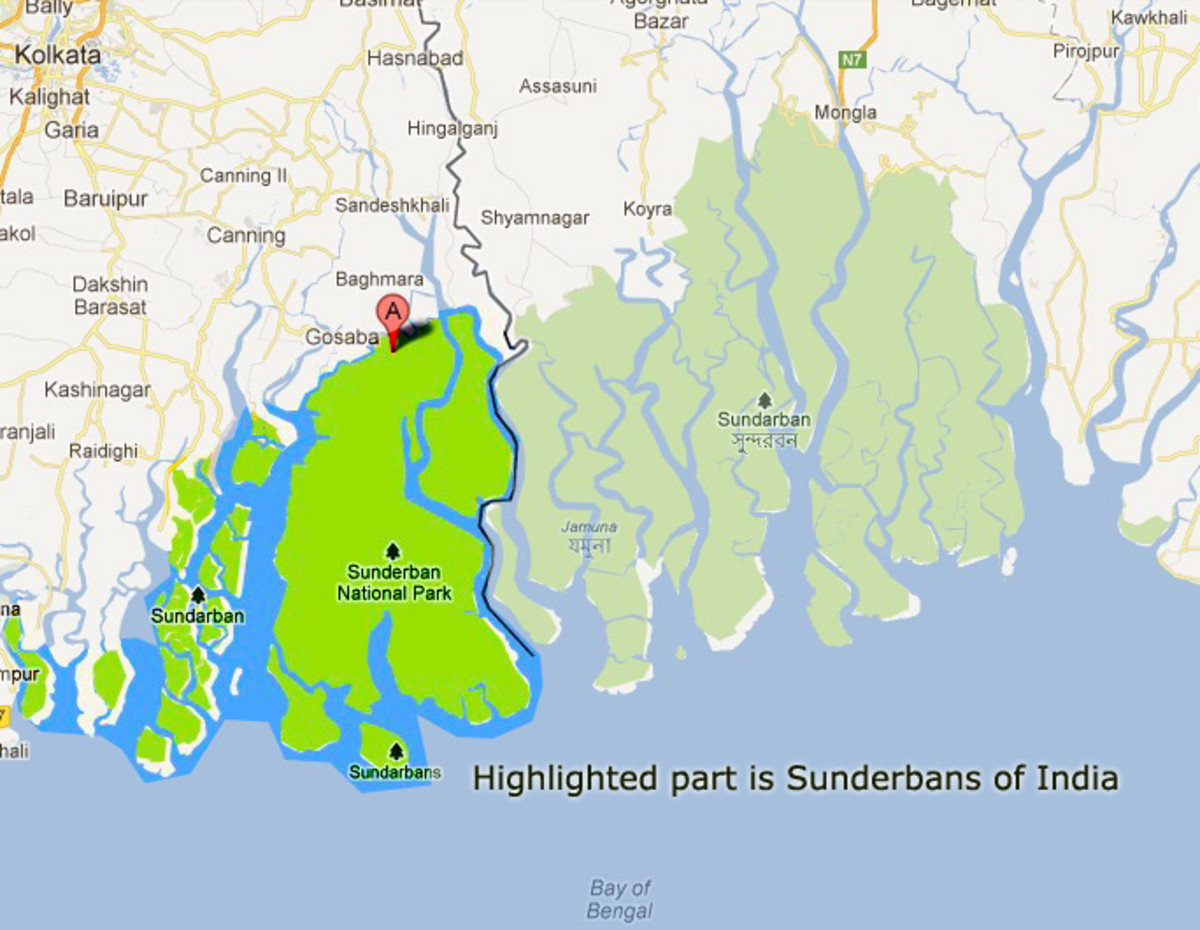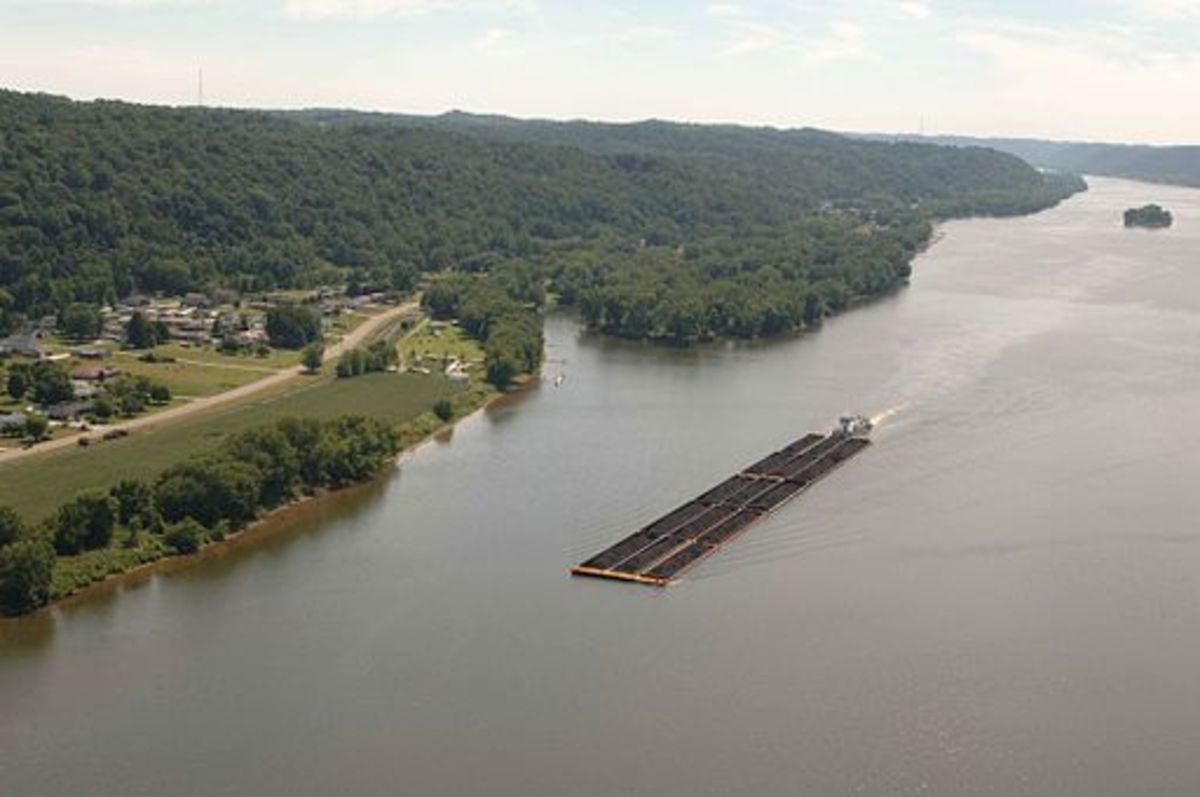Facts and Statistics about Croatia, the Republic of Hrvatska
Truths and Misconceptions
Croatia is not Bosnia. We have some Muslims living here, but they are more the exception than the rule. Croatia is not Kosovo, most Croatians have never been near it. In 1999 when there was a war in Kosovo, it may as well have been on the moon.
Croatia was one of the six republics in the former Yugoslavia. It co-existed with its former among Slovenia, Serbia, Bosnia and Hercegovina (meaning "prince's land" and extending along the Dalmatian coastline), Crna Gore a.k.a. Montenegro, meaning Black Mountain, Macedonia, and last but not least, Croatia - officially known as Hrvatska (Her Votska).
Soccer is a National Pastime
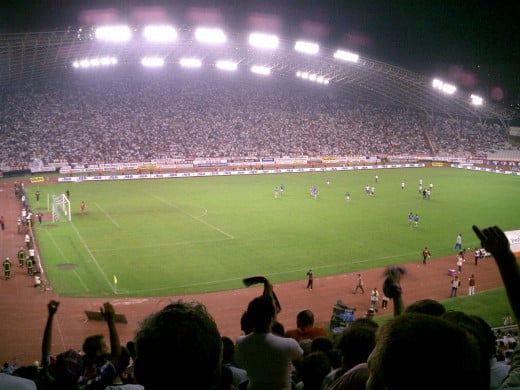
The Heart of the Country
Being Middle European, it is like the peach pit of Europe. Located between the Eastern and Western cultures Roman empire, it has a little of Byzantium and a lot of Western Europe. For example, the locals drink Turkish coffee and love mosaics, but the religion is predominantly Roman Catholic, with a pagan type of tolerance to matters of the heart and a spirit of C'est la vie!. There is some German influence, clothes must be tidy and fresh, and immediately put aside upon returning home. There is both order and fijakost (fee-ya-kost) which means "I don't care". It is a hard thing to define, much less explain.
Family, language and culture here are of high priority. Located exactly in the middle, between the Alps and the Mediterranean, many conquerors passed through here. Much to their surprise, they fell in love with Croatia, and the people retained their identity.
Shaped like a Boomerang
The Diocletian's Purges
As great as the Diocletian was, administratively, he will forever be known as the murderer of early Christians. Some of his most famous victims include St. Lucy of Syracuse, St. George (and the dragon), and St. Dominus - known as Sveti Duje in Split. Dominus was the bishop in the ancient city of Salona.
As irony would have it his personal mausoleum was converted into the world's first Christian (Catholic) Cathedral, known as the Cathedral of Sveti Duje, his arch enemy.
The Christian purges lasted from 303 - 313 A.D. The Milan Edict was passed by Constantine the Great in 313 A.D., allowing Christians the freedom of religion ever onward.
How Croatia Came to Be
Croatians emigrated from the Indo European valley, making their way across the Ukraine and into the lower Polish region. By the 6th century AD, they were in the mountainous area in the Croatian hinterland when they were invited to move into the coastal region.
At that time, the Roman Empire had collapsed, and Dalmatia's largest and most important city, Salona, was being invaded by raiders from the east, the Slavs and the Avars. The Salonitanians moved into the abandoned retirement Palace of the Diocletian, converting the retirement palace into a city in its own right. Today, the region formerly known as Aspalatos (meaning yellow flower) is better known as Split, the second largest city in all of Croatia with a population of roughly 175,000 people and 14 universities.
The Croatians descended into the coastal region in the mid 600s by invitation of the state, which wanted to stabilize the region. The first Croatian city, Šibenik, was built in 1076 and the era of Croatian kings lasted from the 8th through the 11th centuries.
The red and white checkered coat of arms was one of the earliest in all of Europe. During times of foreign rule, the red and white check design remained an important code to the Croatians, much like the fish emblem to the early Christians. This design can be seen on medieval homes, window and door trimmings and other inconspicuous designs.
Croatia's Ancient Past
The area known as Croatia today was settled by the Illiric peoples. These included
Delmati, which means sheep (for which Dalmatia is named)
Adriati, which is the name of the Adriatic Sea
Japodians (j=y) who were based in the Zadar area
Histrians - for which the Istrian Peninsula is named.
The Greeks arrived in the 4th century BC led by Dionisius the Elder from Syracuse. Their first settlement was ancient Issa (Vis today) and Hvar, which was a warehouse. Te Greeks later established trade with the native Illirics in Trogir, Stobreć, Lombardo on Korčula and most likely, Split.
The Romans arrived in the first century A.D. acting as policemen between the Greeks and the pirating Illirics. This lasted until the collapse of the Empire, and the Croats moved in shortly after.
The Living Palace
- A Brief Overview of the Diokletian's Palace in Split, Croatia
A UNESCO world heritage site, the Diocletian's Palace in Split, Croatia was built in 295-305 A.D. and is a wonder of historical relics and architectural styles including the best preserved example of late ancient architecture anywhere in the world.
Bishop Gregory of Nin
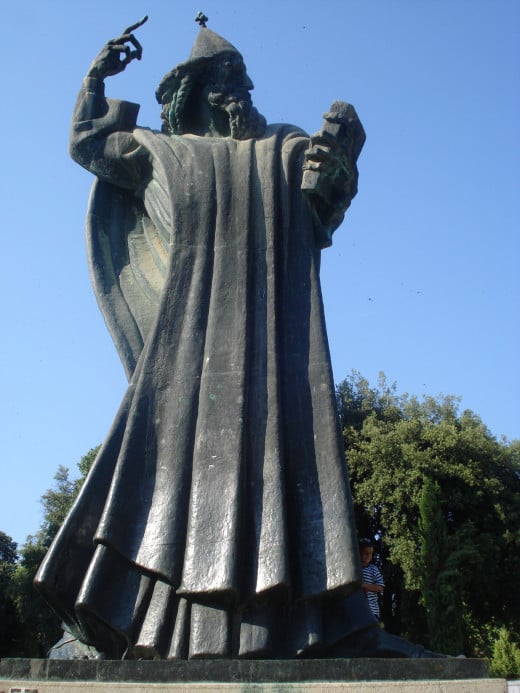
Dark Ages
The most significant character in this time is probably Grgo Ninski, or Gregory from the city of Nin. A catholic bishop, he put his foot down when the Pope insisted that the people speak Latin in church, a language based in formality only.
Ciril and Method had developed a new universal language of Croatian using glagolithic letters - which is like tiny "8s". Finally the pope agreed. Fighting with the Pope in those days was like heresy, and Grgo risked his live to stand his ground. Nowadays, visitors to the statue rub his toe for good luck. The people flourished under the language of choice, and until second Vatican Council in the 1960s, only four religions were allowed in church - Latin, Hebrew, Greek - and CROATIAN. This helped foster prosperity and technological development to the area.
Fear of Attack
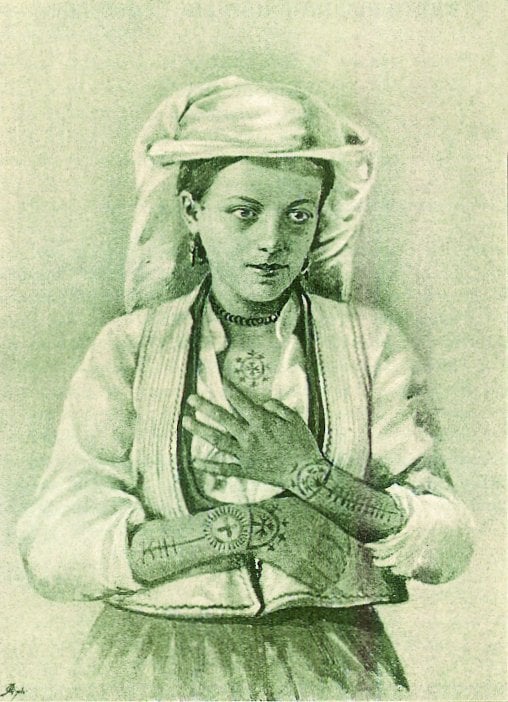
Rugged Terrain, Unspoiled Beauty

Geographical Fun Facts about Croatia
The land has 56,542 square kilometers. It's ranged a mid-size European country at 24th place of 42 countries in Europe, excluding Russia.
The sea coast is 5,835 kilometers in length, from Dubrovnik up through Split, Zadar and Umag, around the Istrian Peninsula and up to the Italian border. Croatian territory used to include the city of Trieste, called Trst (trrrst) in Croatian until the end of World War I, when it was "given" to Italy by the Allied forces.
In the Adriatic Sea (Jadran in Croatian), there are 1246 islands - half of which are 1 km2 or more, the other half are rocky little bumps that no one could live upon.
From large to small, and their respective square kilometers, the largest and most popular inhabitable Dalmatian islands are:
- Cres - 405.63 - it's the biggest
- Krk (pronounced Kirk) - 405.27 - a heavenly island in the north.
- Brač (Braatch) - 395.44 - home of the white limestone used to build the Diocletian's Palace. It was also rumored to be the building material for the US White House, but it is not. St. Helena, mother of Constantine the Great, was from Brač.
- Hvar (formerly Pharos) - 297.31 is best known as a party playground to the rich and famous. It was formerly in partnership to Vis (Issa) as the first Greek settlement was made in the 4th century B.C. Hvar was the warehouse for the goods produced on Vis.
- Pag (Paag) - 284.14 has wonderful, delicious, aromatic sheep's cheese which is slightly salty due to the salty grass growing near the sea.
- Korčula (Kort-chu-la), the - 271.43 - birthplace of Marco Polo, explorer to the Far East.
Only Half of the Croatian Islands are inhabitable
Croatia's famous mountains
Indiana Jones Style adventuring
Travel Book resources for Croatia
Natural Borders
There is 2373 kilometers of border around Croatia, most of it natural. In other words, we have the Drava, Dunav (Danube), Sava, Korana and Glina Una rivers inland. The mountains Čičarija, Snježnik, and Dinara, among others, form natural borders with Bosnia and Hungary (Mađarska) on the north.
The length of border on all the land is as follows:
- Bosna and Hercegovina (BiH) - 1001 km
- Slovenija - 670 km
- Mađarska - 355 km
- Srbija - 322 km
- Crna Gora (Montenegro) - 25 km
Croatia's border with Bosnia was once much deeper. It extended to the central Bosnian river, the .... It was at this point where the Eastern Orthodox church and the Roman Catholic churches were traditionally divided.
Religion and Composition of Croatian Citizens
Taken from the 2001 census:
- 87,8% Roman Catholic
- 4,4% Eastern Orthodox (Serbian, Russian, etc.)
- 1,3% Muslim
- 2,9% "other" - Greek catholic, Baptist, Jehovah's Witness, 7th Day Adventist etc.
- 2,2% non believers
- 0,6% unknown
By Gender:
Female population - 51,87% (2,301,600 individuals)
Male population - 48,13% (2,135,900 individuals)
Passing Buck
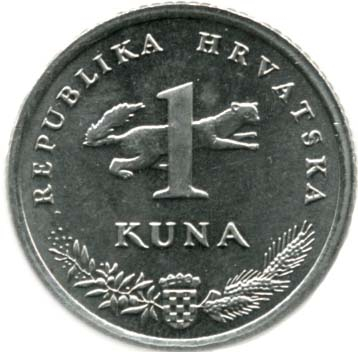
Balkan means "mountain" in Turkish
Next step - European Union
Croatia has been named the 28th member state of the European Union. After 20 years of preparations, Croatians don't really know what to expect. The EURO has been having serious troubles in Greece and Spain.
Speculation exists that since Croatia doesn't meet the gold boullion standard requirement - and that the country will probably continue using its native "kuna" currency even upon joining the EU - most likely, in 2013.
Time will tell.
IF you like to write yourself, Click here to Join Hubpages for Free!






